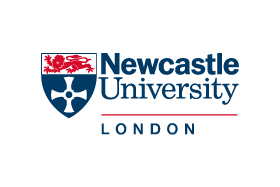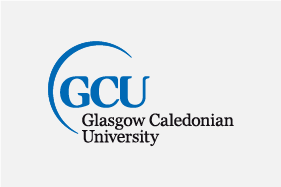STUDY IN UK

universities in uk

Universities In UK
- Bellerbys College
- Coventry University London Campus
- Keele University
- Kingston University, London
- Lancaster University
- Leeds International Study Centre
- Leeds Beckett University
- Royal Holloway, University of London
- University College Dublin
- University of Huddersfield
- University of Leeds
- University of Leicester
- University of Lincoln
- Liverpool John Moores University
- The University of Law
- The University of Sheffield
- University of Strathclyde
- University of Surrey
- University of Sussex
uk universities



















why study in UK

Study in United Kingdom
Many institutions have international open days, international offices, international student clubs and societies, planned social events, advisers and counsellors to help support you during your time as an undergraduate in the UK.
Each year, more and more international students from over 180 different countries are choosing to pursue their higher education in a UK university or college. Below we outline some of the reasons they decide to study here.
The quality of UK education is internationally recognised by employers, universities and governments, making it a popular choice for many international students.The UK is also renowned for the excellence of its research and teaching.
The quality of a university’s or college’s teaching and its general facilities are assessed by the Quality Assurance Agency (QAA). Research standards are examined by the Research Assessment Exercise (RAE), which publishes its findings every five years.
The results of all these assessments are freely available on the internet. Information on quality assurance and assessments is also available from the Higher Education Funding Councils.
how to apply

Step 1: Choosing Your Course and Education Provider
Think about which courses you are interested in, and if they will lead into your chosen career. Carefully research courses, institutions and their locations. Consider the areas of specialisation offered through different courses, and which specialisations will best suit your intended career path. Once you have decided on the best course, you need to find out which education providers offer it, and which provider best suits your requirements. You might like to consider the size of the campus, the available facilities and the support services available to international students.
Step 2: Applying
Once you have chosen your course and education provider, it is time to apply. Check the entrance and English language requirements to make sure you are eligible. If not, you may have to consider a different course, or even bridging or foundation study, which may increase your chances.
Contact your education provider and ask about their application requirements and application dates, as these will differ for each provider. Make a note of important deadlines and make sure you meet them. Remember to allow for postal times when sending forms by mail.
International students usually apply directly to British institutions either by post or online. You can either download application forms from institute websites or request the forms to be posted. Another option is to contact an education agent or an overseas representative of the institution to which you are applying. Your application form will ask you which course(s) you are applying for and give you details of the documentation you need to supply.
Most application forms require the following:
- Personal details
- Certified proof of your level of English language proficiency
- Details of previous educational qualifications, such as academic transcripts
- Course preferences (the course you are applying for)
- A summary of employment experience (if applicable).
If you are still completing your education you can provide evidence of your most recent marks until it is possible to provide your final marks. If the documents you supply are not in English, you must provide an official certified translation. Before sending your application, check your visa requirements with your local British embassy to ensure you will qualify for a visa if your application is successful.
If at any time in the application process you are uncertain how to proceed, do not hesitate to contact your education provider or agent, they are there to help you.
Step 3: Processing of your application
Once the education provider receives your application it will be assessed and you will be notified of the result. Be prepared to be patient as it may be a few weeks (longer for postgraduate applications) before your application is processed
Step 4: Accepting your offer
If your application is accepted you will receive a letter of offer and an acceptance form. Before accepting the offer, you should carefully read the letter of offer and check any conditions that may apply. Depending on your country of nationality you may be required to undergo a pre-visa assessment before the institution issues an electronic Confirmation of Enrolment (eCoE).
The eCoE is the only accepted evidence of enrolment for processing student visa applications. You may be required to pay tuition fees before applying for the student visa. The institution will advise you of its requirements but generally it will require payment of at least one semester of course fees.
Step 5: Preparing for departure
Now that your education provider has accepted you, it is time to apply for your student visa. You must also purchase your plane tickets, organise your Overseas Student Health Cover, as well as start thinking about your accommodation in Australia. Your education provider will typically send you an admissions package, with information that will help you adjust to Australia in your first couple of weeks. This might include information on your course, accommodation options, facts about the city you will live in, financial information and details about orientation programs.
OUR ADDRESS
Office No. 208, 2
nd Floor, Chenab Centre, Jinnah
Avenue, Blue Area Islamabad, Pakistan.
CONTACT NUMBER
Landline: +92512347099
Mobile No. : +923225065983
Announcement
Office Hours
Mo-Fr: 8:00-19:00
Sa: 8:00-14:00
So: closed
